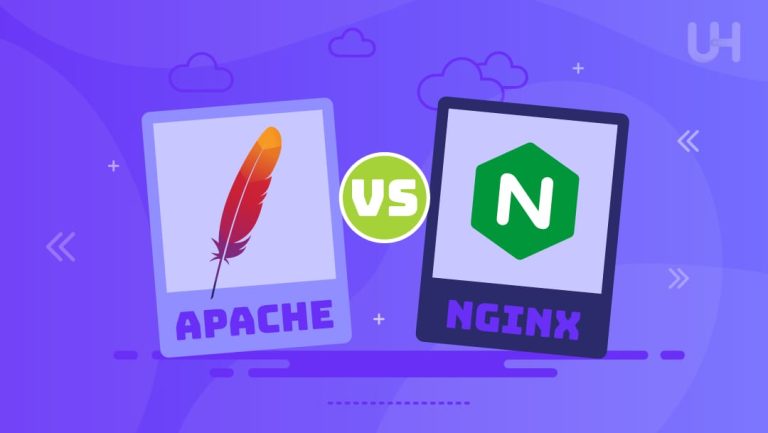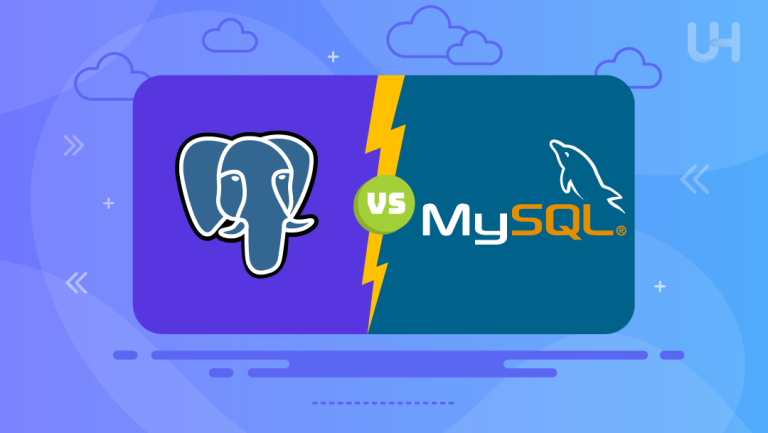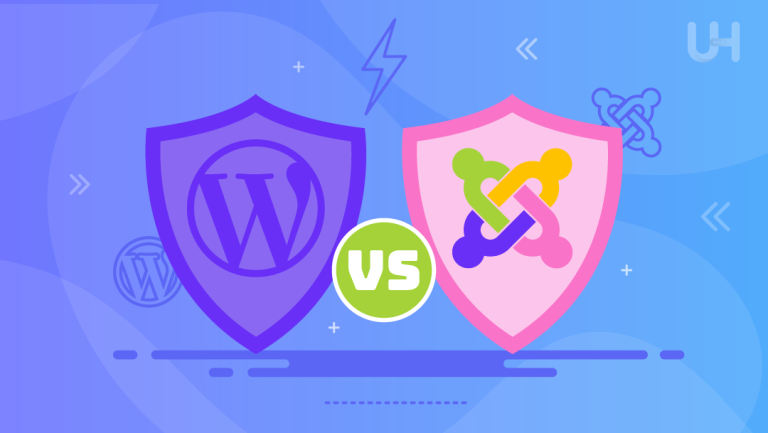While flexibility is an issue in web development, scalability is another; cost becomes the major player in choosing the right set of technologies. The LAMP is probably among the most adopted ones for developing and deploying web applications. With a name that developed from open-sourced ease of use, the LAMP stack has been a cornerstone within web development for over two decades.
The LAMP stack is famous not only because it is open-source but also because it is modular. Developers can add, configure, or even replace components as needed, provided specific project needs change. In this article, we will look at the LAMP stack and describe each of its components, uses, and benefits in the world of web development.
What is a LAMP Stack?
LAMP is an abbreviation for Linux, Apache, MySQL, and PHP. It is a technology stack generally used to develop dynamic websites and web applications. Each component of the LAMP stack bears significance in website development:
- Linux: Operating system forming the basis of the stack.
- Apache: This web server serves up HTTP requests and returns content to the user.
- MySQL: A relational database management system used in storing and managing data.
- PHP: This is a programming language in which dynamic content was developed.
The famous LAMP stack can be used for everything, from the smallest personal websites to enterprise-level applications. All open-source developers can use and modify the stack with licensing fees, making it special for startups and anyone on a shoestring budget.
Components of LAMP Stack
Now, let’s break down each one of the main components of the LAMP stack.
Linux
Linux is the base operating system in the LAMP stack and acts as the backbone for the rest of the stack’s components. Consequently, it is an open-source Unix-based OS that offers very deep customizations and high control over system resources. It can host a variety of hardware and software platforms, making it ideal for various types of web hosting environments.
Linux’s most attractive features are probably its stability and security. Since it is extensively used in server environments, it has been tested in large-scale enterprise-level operations, forming a reliable base for most web applications.
Moreover, constant updates and patches addressing vulnerabilities provided by the active community behind Linux increase security. Besides, CentOS, Ubuntu and Debian are also free, which further reduces costs associated with deploying the LAMP stack.
Apache
Apache is the web server component of the LAMP stack. Hosting of some of the world’s oldest and most used web servers rests within Apache. Apache handles HTTP requests from users, delivering web pages back and data to the browser.
When a user enters a web address into a browser, Apache processes the request, sends the correct files or content back, and displays them in the browser’s window. Apache can be customized, allowing the developer to change settings relating to security, performance, and location of URL redirects.
Another reason for its popularity is Apache’s modular architecture. By loading or unloading modules, functionality can be extended, with examples including support for HTTPS by the mod_ssl module and custom authentication mechanisms.
MySQL
MySQL is the RDBMS for the LAMP stack. It provides data storage and retrieval in structured formats through tables, making it ideal for applications requiring persistent data storage, such as blogs, e-commerce sites, and content management systems.
MySQL fully supports Structured Query Language (SQL), which enables developers to create, edit, and perform other manipulative works with databases in a much simpler way. MySQL is fast, reliable, and scalable, able to handle huge volumes of data efficiently. Advanced features in MySQL also include replication, clustering, and backup, making it very suitable for enterprise use.
If you’re looking for a dependable hosting solution tailored to MySQL, MySQL Hosting provides the speed, security, and scalability you need to power your database-driven applications seamlessly. One important thing to note: in some implementations of the LAMP stack, MySQL is being replaced by other databases, such as MariaDB, another fork of MySQL, or even PostgreSQL. This openness toward alternative databases allows each developer to choose the best for them.
PHP
PHP is the programming component of the LAMP stack; it provides dynamic content. It stands for Hypertext Preprocessor, a server-side scripting language compatible with HTML that can be embedded directly into web pages.
Deep integration with databases, such as MySQL, of PHP’s strengths, stands out. The integration enables web applications to interact with the database by fetching data from it and displaying it dynamically. If a user logs onto a website, for example, he types his credentials into a PHP Web page, and PHP queries MySQL for proof of the user’s identity so that access can be provided.
PHP is also highly versatile. It allows object-oriented programming and has an enormous library of built-in functions. Additionally, frameworks like Laravel and Symfony provide a cushion for web development.
Unlock the Full Power of LAMP With UltaHost!
Looking to deploy your LAMP stack application with reliable PHP hosting? At UltaHost, we provide optimized and secure PHP hosting environments that are perfect for LAMP stack-based websites.
What is a LAMP Stack Used For?
The LAMP stack is a popular development stack for dynamic website applications. This would include but is not limited to simple blogs and e-commerce sites, complex web services like social networks, content management systems, and enterprise applications. A sample list of applications that use LAMP includes the following:
- WordPress: An open-source content management system that runs over 40% of the Internet’s websites. Its backend infrastructure is hosted on the LAMP stack.
- Magento: An open-source e-commerce platform that allows businesses to build and manage online stores.
- Joomla: Another content management system for building dynamic websites and web-based applications.
In essence, the LAMP stack is useful whenever a user needs an affordable yet scalable and customizable solution for web development.
How LAMP Stack in Web Development Works
The LAMP stack works as a cohesive unit, with each component playing a crucial role in the delivery of web applications. Here is a simple workflow:
- Client Request: A user enters a URL or submits a web form that sends an HTTP request to the server.
- Apache Processing: Apache receives the request and, based on what it needs to do with it if it needs to fetch data, it tells PHP.
- Interaction of PHP and MySQL: If the request involves database operations, it means fetching the user’s data; a query is executed from PHP to MySQL. MySQL would fetch the data and send it to PHP for processing.
- PHP Dynamic Content Generation: Here, PHP will process the data and generate the dynamic HTML content accordingly.
- Response: Apache sends the dynamically generated HTML content back to the user’s browser, completing the request.
All four of its components merge seamlessly, turning LAMP into an efficient and powerful web development platform.
Benefits of LAMP Stack

LAMP is in demand among developers around the world because of the following advantages it has:
- Cost-Effective: All layers of the LAMP stack are free and open-source, meaning there are no licensing fees.
- Scalability: Because the LAMP stack is modular in nature, it is pretty efficient in scaling from small websites up to large enterprise applications.
- Flexibility: Components can freely be changed and substituted inside the stack. For example, PostgreSQL can be used instead of MySQL.
- Security: The Linux operating system and Apache feature all significant security measures, and update distributions have also been very frequent. PHP and MySQL have different security mechanisms but are not as developed as those mentioned above.
- Performance: The LAMP stack is optimized at high levels for performance, offering faster times of processing while saving server loads.
- Wide Support: LAMP has a large user base, plenty of documentation, and online resources. Its active developer community provides support and contributes to its development.
Conclusion
LAMP is still one of the core technologies in web development because it’s reliable, relatively cheap, and flexible. The combination of Linux, Apache, MySQL, and PHP lets developers easily build dynamic, scalable, and secure web applications. Due to its continuing evolution along with modern web development, it is a strong and reliable platform for everything from developing small websites to large web services.
UltaHost’s Linux VPS Hosting offers the perfect foundation for seamless LAMP stack deployment with high performance, flexibility, and robust security. We ensure your web development projects are fast, reliable, and scalable.
FAQ
What does LAMP stack stand for?
LAMP stands for Linux, Apache, MySQL, and PHP—key components used for web development.
Is the LAMP stack free to use?
Yes, all its components are open-source, so it is free to use without licensing fees.
Can I use other databases besides MySQL in a LAMP stack?
Yes, alternatives like MariaDB or PostgreSQL can replace MySQL in the LAMP stack.
What types of applications can be built using LAMP?
The LAMP stack can be used to build dynamic websites, content management systems, e-commerce platforms, and more.
How does PHP interact with MySQL in the LAMP stack?
PHP queries the MySQL database to retrieve or store data, which is then used to generate dynamic web content.
Is the LAMP stack suitable for large-scale applications?
Yes, LAMP is highly scalable and can support both small websites and large enterprise-level applications.
What are the main advantages of using the LAMP stack?
The LAMP stack is cost-effective, secure, flexible, and widely supported by the developer community.












